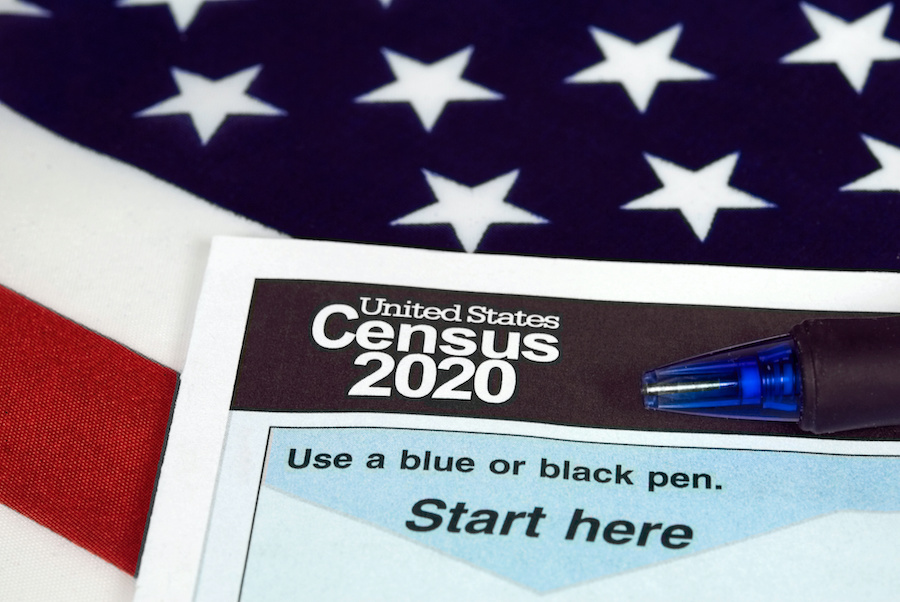Census 2020 Shows Latino Growth
By Melissa Vela-Williamson, M.A., APR, Fellow PRSA
October 2021
Have you reviewed the long-awaited 2020 Census results? Journalists and demographers quickly pulled out insights that prove the U.S. population is more diverse than ever. For the first time in history, the white population decreased and major growth happened in the Latino, Asian and multiracial populations.
The country increased by 22.7 million people and we’re now over 331 million as a total population. Of that population growth, those who self-identified as “Hispanic or Latino” led that growth with a 23 percent increase. That’s more than one in two people or 51.1 percent of the population as analyzed by Dr. Rogelio Saenz from the University of Texas at San Antonio. All stats are on-trend for whites to comprise less than half of the population in less than three decades.
Unveiling a more diverse America
This country is more racially and ethnically different than ever. According to the Census, in 2020 “there was a 61.1 percent chance that two people chosen at random were from different race and ethnicity groups.”
How the U.S. Census Bureau has compiled their measure of diversity is more clearly mapped out with the creation of a Diversity Index, prevalence rankings and maps.
New interactive data visualizations help show the changes in race and ethnicity in the last decade and will help us explain to our organizations, clients or stakeholders the business imperative of embracing public relations in alignment with the best practices of diversity, equity and inclusion. Your target buyer’s demographics have probably changed. Or they will soon. Will you be ready?
Dropping the minority status
At the state level, there was also growth in the Latino/a/x population which led to Latinos no longer being a minority population. Latinos make up 10 percent or more of the population for 27 states now, an increase in 10 states in 10 years. A few states saw big changes.
California is now Latino dominant, joining New Mexico in states where Latinos represent the largest racial/ethnic group.
In Texas, the Latino population increased by 2 million, putting Latinos on equal population footing as the white population — 39 percent for each racial group. Erika Prosper, a corporate leader and the First Lady of San Antonio, quickly shared the news on social media, using “#NoLongerAMinority” and explaining that two of every five Texans are now Latino. I worked with Erika at the same company years ago when she shared this growth projection as a customer insights researcher. It was exciting to see that prediction become a confirmation.
As PR professionals, it’s important to note that the Census dropped the use of the terms “majority” and “minority” in their 2020 measures. They explain this approach had several conceptual and practical challenges that limited their ability to define the complex racial and ethnic diversity of the U.S. population.
Truly, how people identify themselves and the demographic and social constructs that come into play make these terms hard to use for measurement. And with states like New Mexico, California and Texas flipping over who can be classified as “the majority,” it’s best we communicators drop those terms as well.
Looking at measurement going forward
There may not be a universal scorecard on how we track race and ethnic diversity, but people are keeping score. Let’s take our own tally to prepare. Take a look at your workplace and run those numbers. Does your workforce demographics look as diverse as your city’s? Can you do even better to embrace the Hispanic community? Smart ideas come from all types of people.
Our population today is all about fusion — the coming together of multiple things to make something special. We’re a “multi” people from our ethnicity to our lifestyles. Embrace this reality.



